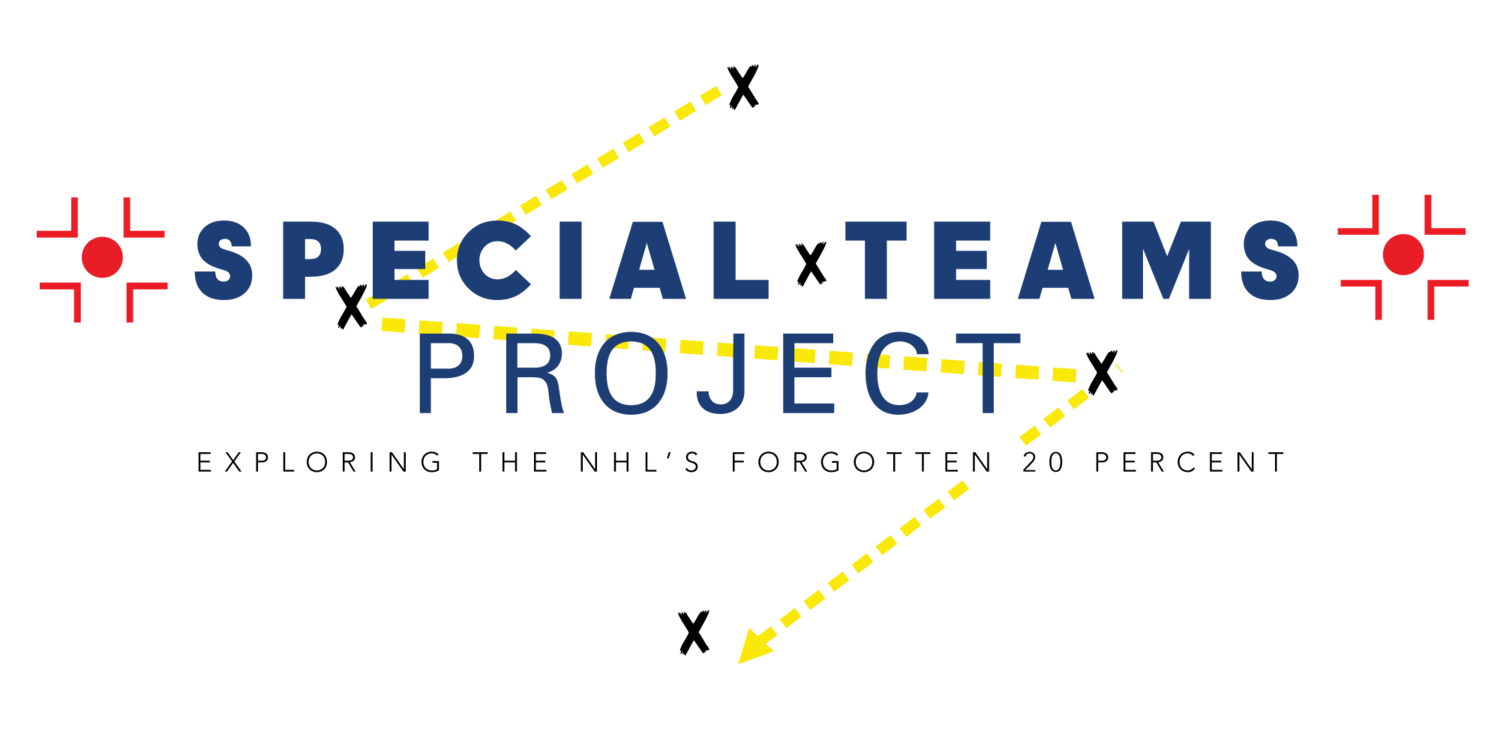Special Teams Spotlight: Faceoff Cost-Benefit and the Philadelphia Flyers
I've talked quite a bit on here about how power plays are all about isolating the extra man. The best way to do that is through quick, decisive and crisp puck movement. Off a faceoff here, the Flyers players all hurry to their spots in the strict 1-3-1 system the team's first unit relies upon.
It takes the Flyers six seconds from the time the faceoff is won to get in formation, find the open man for a high quality chance and score. That's pretty good time management and efficiency, and the speed and certainty with which each player knows where to go confuses the Washington Capitals, and the penalty killers each can't figure out which player to cover.
The Caps themselves, as a study in contrast, use the slot man to take the faceoff on the right side, which means players start virtually in formation. The advantage of that is obviously that you save even more seconds, but the downside is that there isn't that initial decisive player movement to confuse the penalty killers. For the Flyers, it especially makes sense to do it this way because Claude Giroux is one of the best faceoff takers in the world. Those seconds save don't matter if you lose the faceoff and the puck is cleared. Then again...
As a counterpoint, here's one example of the Flyers implementing the Caps' strategy. Ryan White replaced Wayne Simmonds on the first unit recently after the usual goal-line man had left the game. White, unlike Simmonds, is a natural centerman, and as a result in that specific situation it made sense for White to take the draw, and, as I mentioned, save those couple of seconds. The Rangers are able to track their men more easily though so, as I wrote above, that's the tradeoff coaches have to assess.
Going back to the initial gif, Brayden Schenn should arguably have made one more pass over to Jakub Voracek, who was truly the open man, but you can't blame a guy for taking a point-blank wrister from the low slot. With an added pass you add the wrist of blowing it.
Speaking of set plays, here are a couple more. The first one directly below is in a similar mold to what we saw above. Once again, the open man is located and found, and he's wide open for a great chance. The seconds features a play drawn up and executed for situations with the clock winding down. The Flyers' first unit make these look easy because they're talented, but with enough repetition in practice it really shouldn't be that difficult. Teams should have playbooks full of these, and yet we rarely see them. In my mind, the first team to change that could get a big boost.




